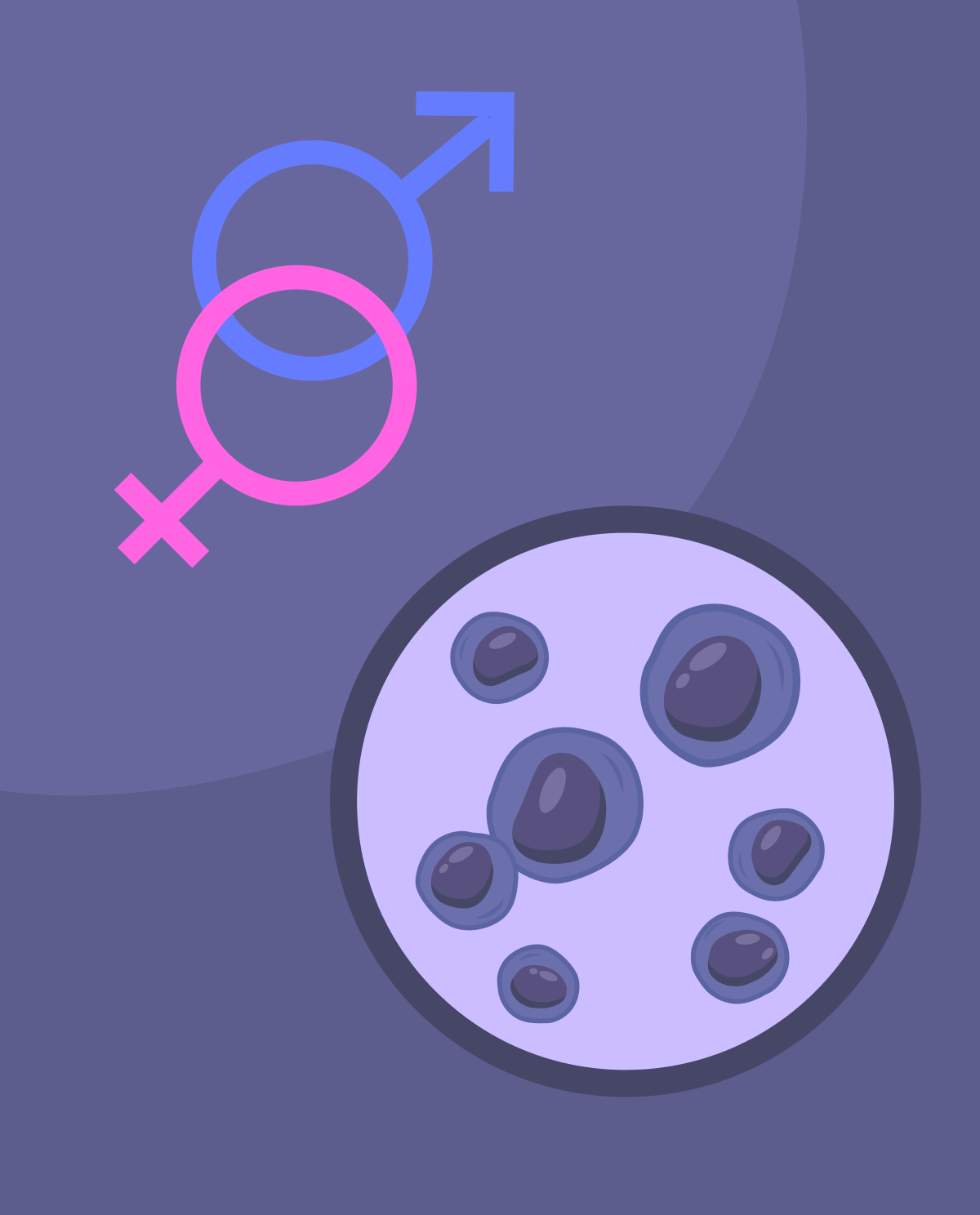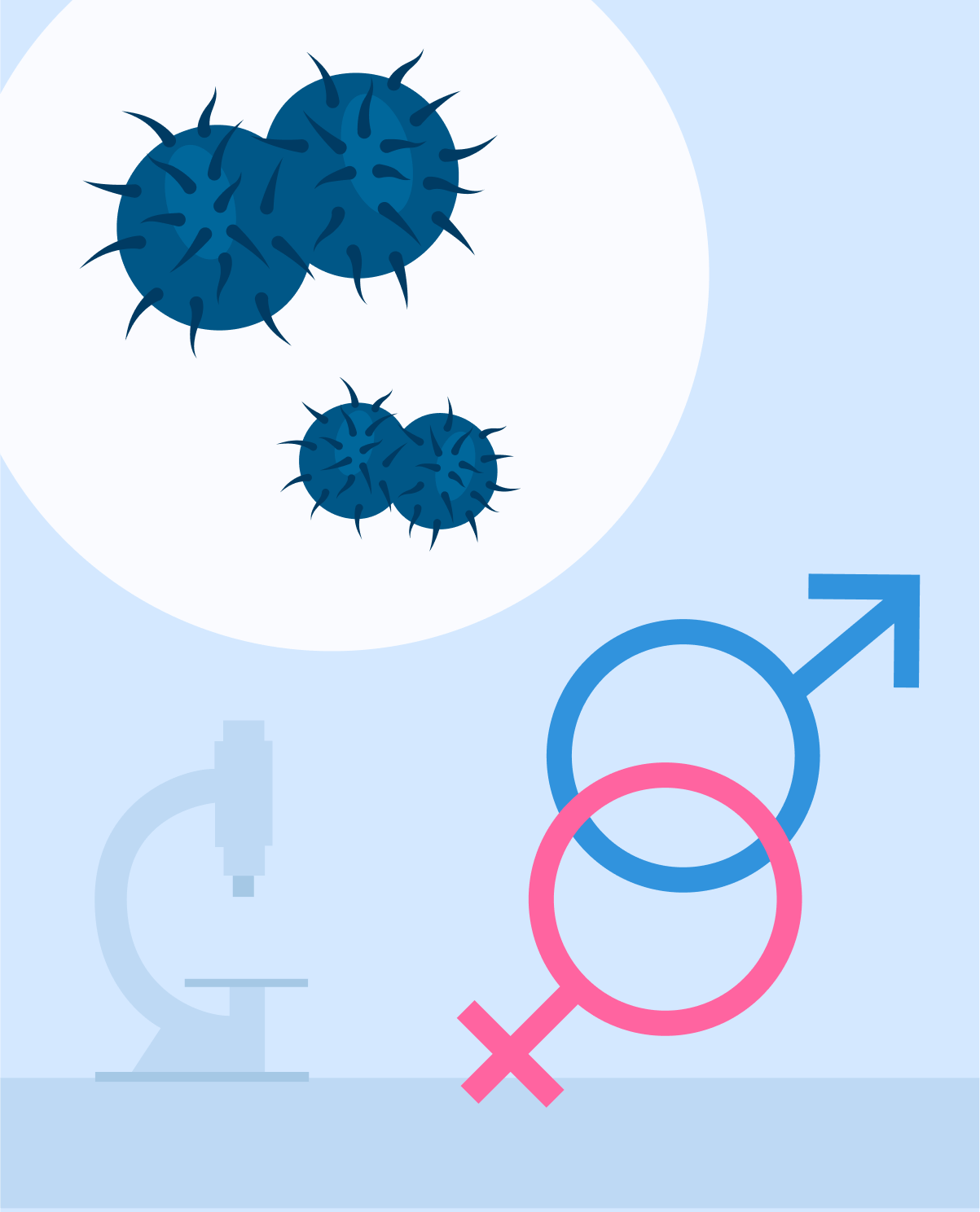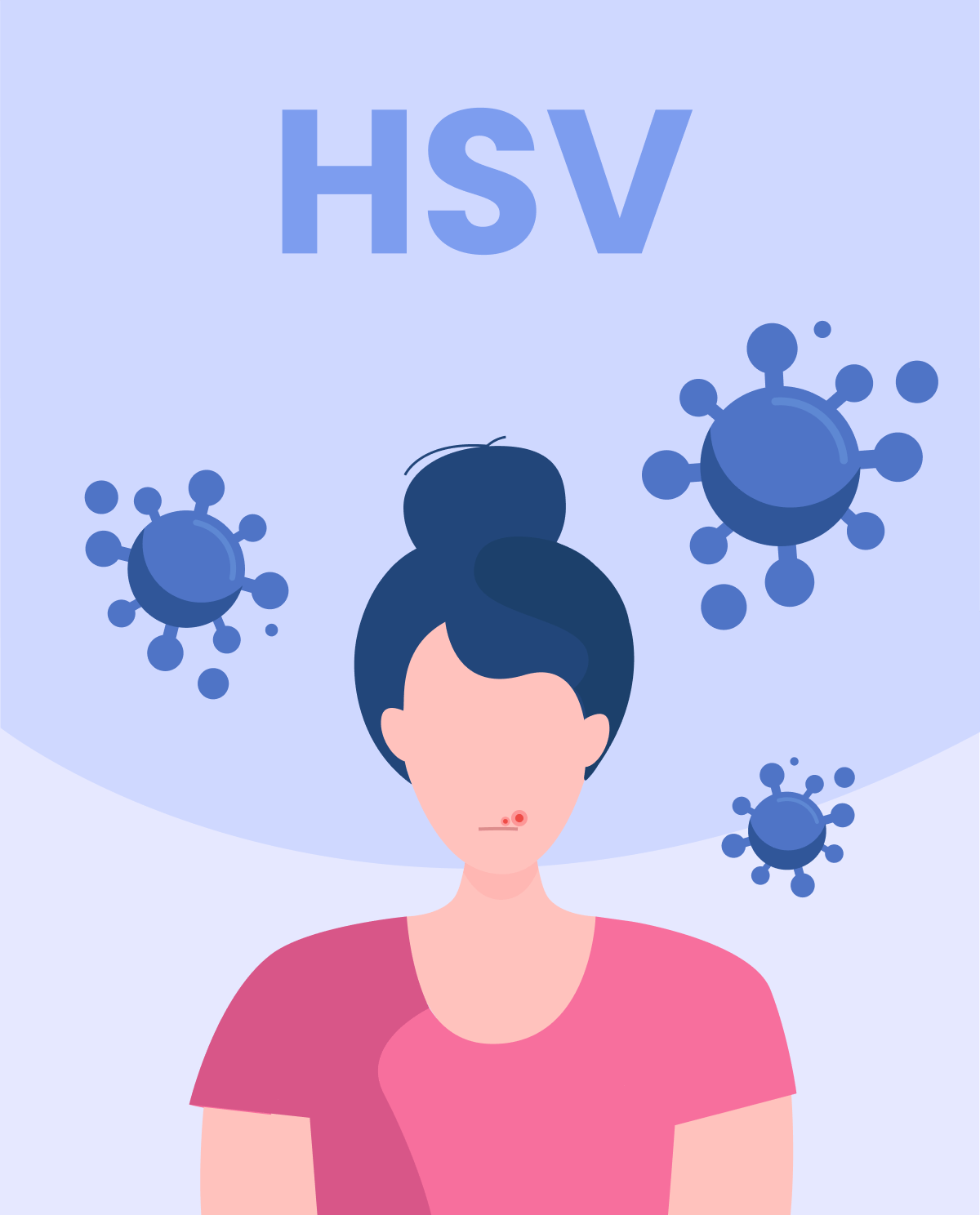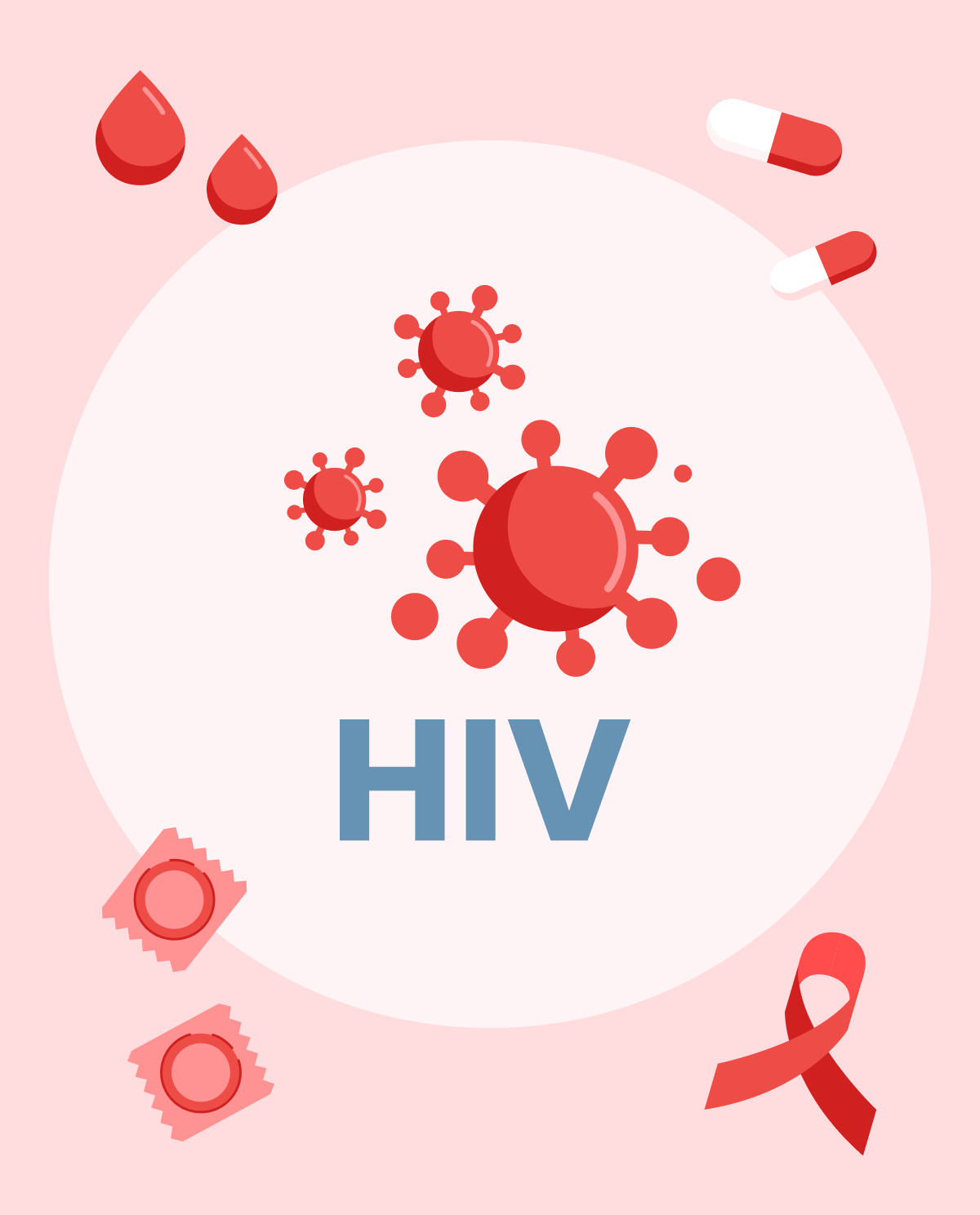Chlamydia
As a common sexually transmitted infection (STI), caused by the bacterium Chlamydia trachomatis, chlamydia is one of the most prevalent bacterial infections worldwide and affects both men and women. Chlamydia can be transmitted through vaginal, anal, or oral sex with an infected partner, and can also be spread from a pregnant woman to her baby during childbirth. The infection often does not present with any symptoms, and if left untreated, it can lead to serious complications, such as pelvic inflammatory disease (PID), infertility, and an increased risk of contracting HIV. However, chlamydia is easily treatable with antibiotics, and early detection and treatment can prevent the development of long-term health problems. In this context, it is important to understand the causes, symptoms, and treatment options for chlamydia to prevent its spread and promote good sexual health.





